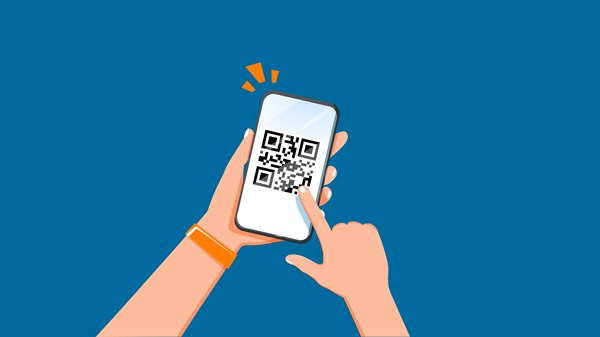In a world captivated by the inner workings of artificial intelligence and the immersive possibilities of the metaverse, it is far too easy to overlook a more low-key, less bombastic technology that has insidiously woven itself into the mundane fabric of our existence. It’s a technology you’ve likely interacted with multiple times this week, perhaps without a second thought: the QR code. Once dismissed by some as a clunky marketing gimmick, the humble black-and-white square has undergone a remarkable renaissance, proving itself to be an indispensable bridge between our physical and digital worlds.
From concert tickets and restaurant menus to product packages and payment systems, the Quick Response code has reached ubiquitous status as a potent tool. But what is this digital shorthand, and how did it come to be so indispensable? This guide will demystify not only the technology but also examine the myriad inventive ways it’s redefining our interactions and why, in 2025, it’s more critical than ever.

Breaking Down the Digital Shakehand: How QR Codes Work
In essence, a QR code is a two-dimensional barcode. Unlike the one-dimensional barcodes found on food items, which hold minimal information, a QR code holds a much larger and more diverse volume of information. This is because it has a unique format, which consists of a number of black squares and dots in a grid layout on a white background.
Think of it as a cutting-edge digital filing cabinet. The distinctive patterns, including the three huge squares on the corners, are alignment markers that allow a smartphone camera to read the code from any angle. The tiny patterns in the grid carry the information itself, which can be anything from a simple website URL or chunk of text to contact details or Wi-Fi network passwords. When you scan a QR code on your phone, the device software instantly reads such a pattern and recognizes it as usable information, rendering it in readable form for you.
The Unseen Benefits: Why QR Codes Are a Modern-Day Game-Changer
The comeback of the QR code is not a fluke; it is powered by a multitude of benefits that perfectly suit our fast-paced, digitally oriented way of life. To businesses and individuals alike, the codes offer a beautiful blend of efficiency, affordability, and engagement.
- Bridging Worlds: The greatest benefit lies in the cross-synthesis between the physical and virtual realms. A consumer could be facing a physical object, a sign, or a landmark and, by just scanning, be transported instantly to an engaging virtual experience. This could be a product description page, a video teaser, or an audio tour. Frictionless travel eliminates having to enter long and often clunky web addresses, greatly improving the user experience.
- Affordability and Flexibility: QR codes are extremely flexible and inexpensive. They can be placed on any surface from the back of a business card to a billboard, and generating one is generally free. Therefore, they are an affordable resource available to anyone from small businesses to large multinationals. The ability to modify the information linked to a dynamic QR code without having to reproduce the code itself is another degree of convenience and eco-friendliness.
- Powerful Analytics: For businesses, the promise of data and analytics is a goldmine. Tracking how many times a QR code has been scanned, where it’s being scanned, and when can help businesses gain insight into consumer behavior and the success of their marketing initiatives. It can be leveraged to fine-tune strategies and deliver more focused and relevant content.
Beyond the Menu: A World of Creative Applications
Whereas the pandemic did expedite the adoption of QR codes for contactless menus, their application is far wider than for hospitality. Their versatility initiated a snowball of innovation in numerous industries.
In retail, QR codes are transforming the buying experience. They are on the labels of products, and with a quick scan, consumers can access customer reviews, technical details, or even see the product being used through an augmented reality demonstration. This empowers consumers to make improved purchasing decisions in the store.
Advertising and marketing have also embraced the QR code. On event posters, a simple scan can lead to a ticket purchase page. On packaging, it might reveal hidden content, instructions, or entry into a contest. This type of interactivity turns passive advertising into an engaging experience.
Even in everyday life, QR codes are proving increasingly useful. You can create a QR code for your home internet network so people coming to visit can connect without having to punch in a lengthy password. They can go on wedding invitations to bring people to an RSVP page or on a “for sale” sign to bring interested buyers to an entire online listing.
The Future is Scannable
The QR code saga is just getting started. As technology continues to evolve, we can look forward to even more sophisticated and efficient uses. Imagine QR codes that trigger augmented reality experiences, overlaying digital information onto the real world in real time. Visualize more reliable security measures making QR payments even more secure.
The plain, unassuming square has earned its keep many times over. It’s a testament to the power of simple, discreet technology. By giving us a direct, instantaneous, and competent link between our physical world and the vast digital universe, the QR code has emerged as one of the unsung heroes of our modern world, connecting us in ways we are only just beginning to fully appreciate.